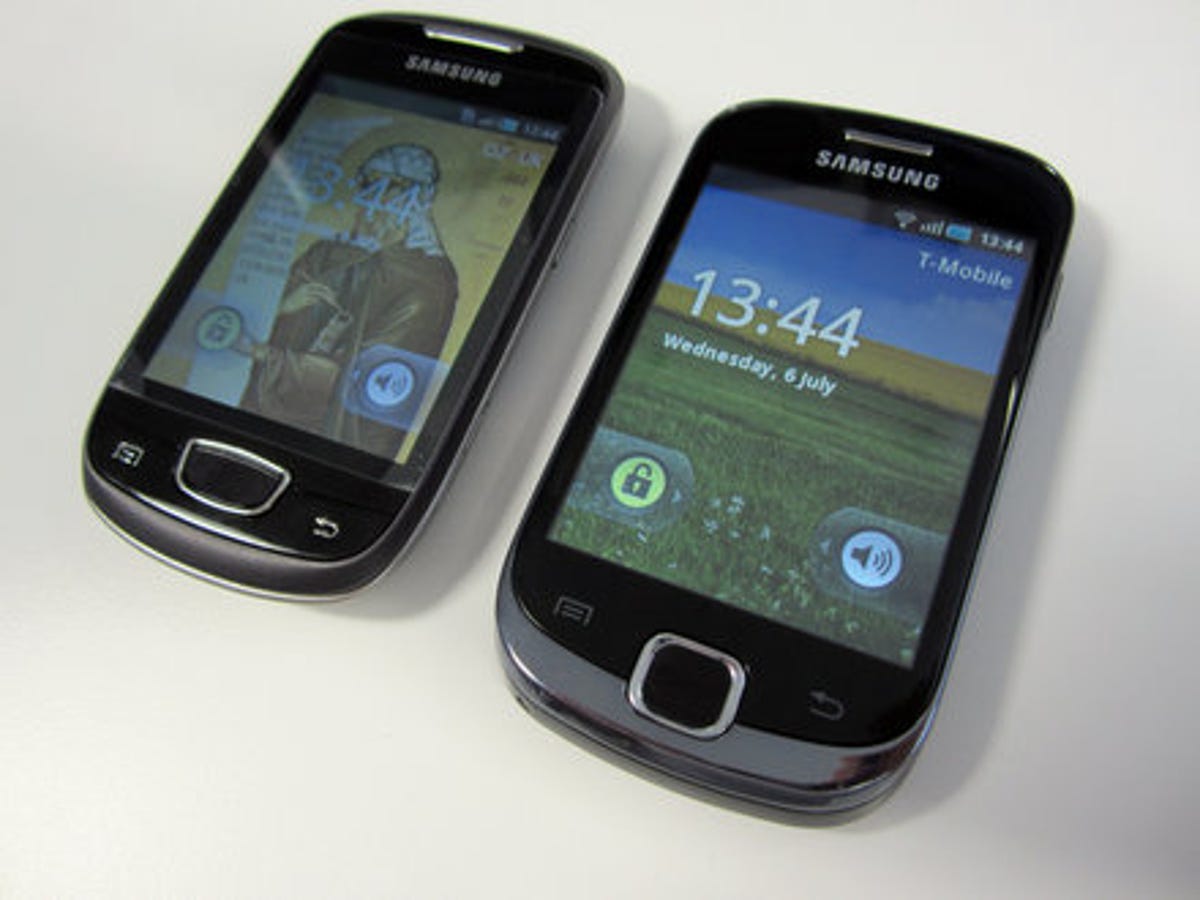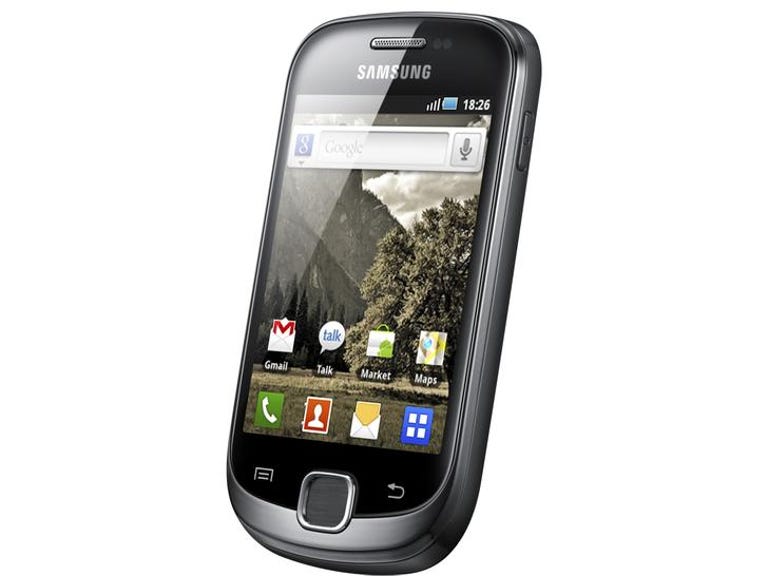 Why You Can Trust CNET
Why You Can Trust CNET Samsung Galaxy Fit review: Samsung Galaxy Fit
The Samsung Galaxy Fit looks good and offers a great camera. Its low-res screen and relatively weedy CPU are disappointing but this Android smart phone is very affordable.
With its sporty moniker and lush design, the Samsung Galaxy Fit sounds like a desirable smart phone. But, if you opt for this handset, you'll have to make do with Android 2.2 Froyo, a low-resolution screen and an underpowered processor.
The Good
The Bad
The Bottom Line
The Fit is available for under £100 on a pay as you go contract. You can also pick it up SIM-free for around £170.
Fit as a fiddle
At first glance, you'd be forgiven for mistaking the Fit for its recently released stablemate, the Galaxy Mini. The two devices are incredibly similar from a distance, but closer inspection reveals that the Fit is the more accomplished of the pair.

From the chrome-effect bezel to the rounded capacitive touchscreen, the Fit exudes a surprising amount of class for an Android phone at the lower end of the price spectrum. While its screen resolution is a rather disappointing 240x320 pixels -- the same as the Galaxy Mini's -- it's laid over a larger, 3.3-inch display.
The Fit also boasts a superior camera to the one on its close relation. The 5-megapixel, autofocus-equipped snapper is capable of some inspiring feats of photographical excellence, and it records standard-definition video of a decent quality, too.
Sliding doors
Other elements of the Fit's design are slightly less appealing. The USB port is covered by a neat sliding door, but the microSD card slot resides under a cheap plastic cover that feels like it's about to snap off when you open it. Some consistency would have been welcome here.
The Fit's 5-megapixel, autofocus-equipped camera is brilliant, considering the low price of the phone.
In an attempt to lend the Fit a touch of class, Samsung has opted for capacitive buttons instead physical ones. The 'menu' and 'back' commands are touch-sensitive, with only the central button offering proper tactile input. The Android 'search' button is entirely absent, just as it is on the Mini.
As well as a similar appearance, the Fit and Mini both have 600MHz processors, which puts them squarely at the back of the Android pack in terms of raw power.
We need more power
Although the low-res display means the CPU can handle swift navigation around the phone's home screens, the Fit struggles when tasked with more demanding activities. Games are unpleasantly jerky and, while browsing the Android Market, we noticed that some of the latest titles aren't supported by the phone.
Another thing that's off the menu is Flash support in the phone's Web browser -- the lowly processor just isn't up to the challenge. Thankfully, the pinch-to-zoom multi-touch gesture has made the cut, allowing you to quickly enlarge photos, maps and Web pages with nothing but your thumb and forefinger.
Finished with Froyo
Running Android 2.2, the Fit isn't at the cutting edge of mobile software. Google launched Android 2.3 Gingerbread a while ago now and many new phones run it.
Samsung may update the Fit to Android 2.3 in the fullness of time, but 2.2 is still perfectly capable of providing a decent smart-phone experience. You have access to the Android Market, which is packed with apps and games, many of which are free, and you'll benefit from pre-installed programs such as Gmail, YouTube and Google Maps.
With moderate use, you can expect the phone's battery to last for an entire day. But, as is the case with most smart phones, you'll find yourself charging it up pretty frequently.
Conclusion
The Samsung Galaxy Fit manages to outclass the Galaxy Mini with a larger screen, better camera and more attractive appearance. In terms of raw power, though, the two phones are practically identical.
The market in cheap Android phones is becoming increasingly crowded, but the Fit's solid design and excellent camera make it a viable choice if you're shopping on a shoestring.
Edited by Charles Kloet


